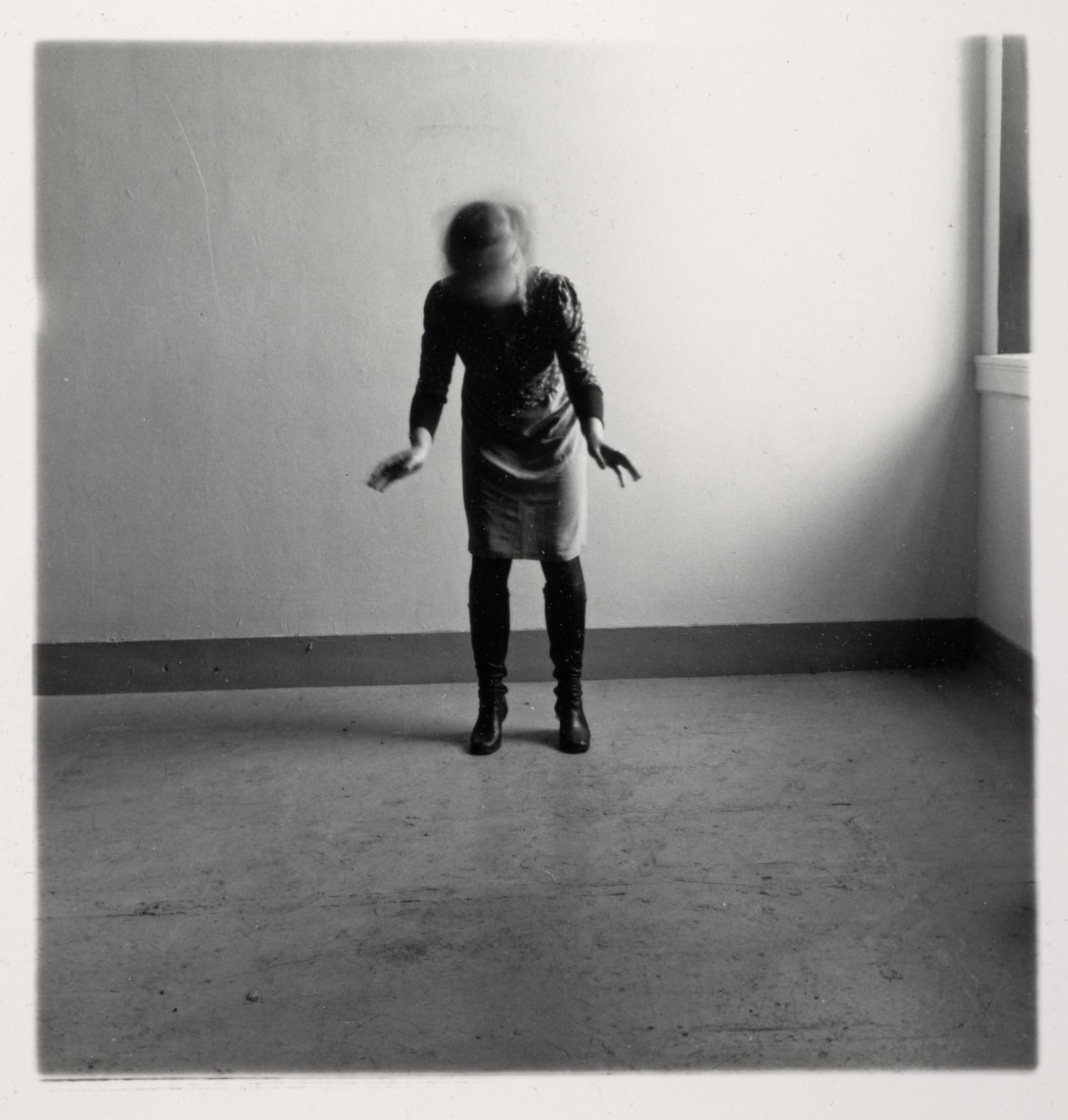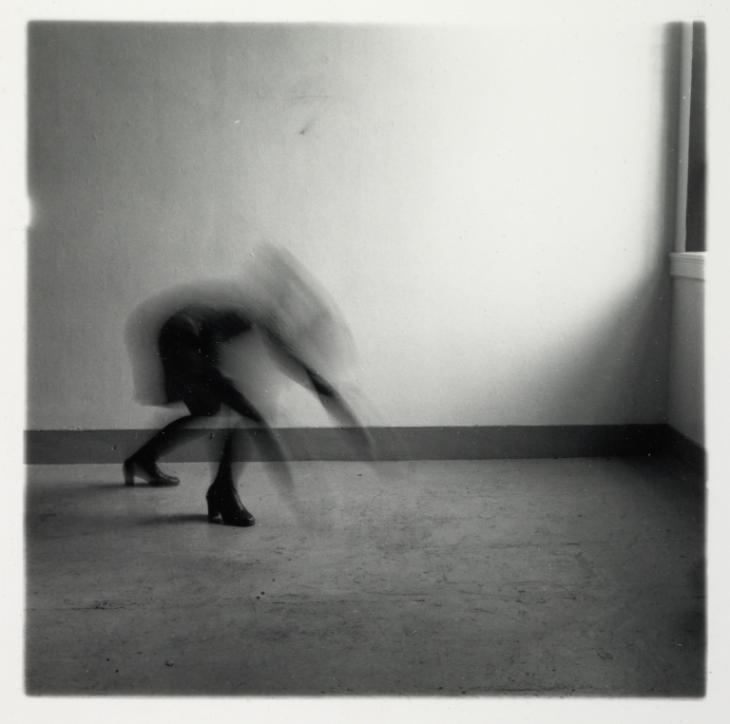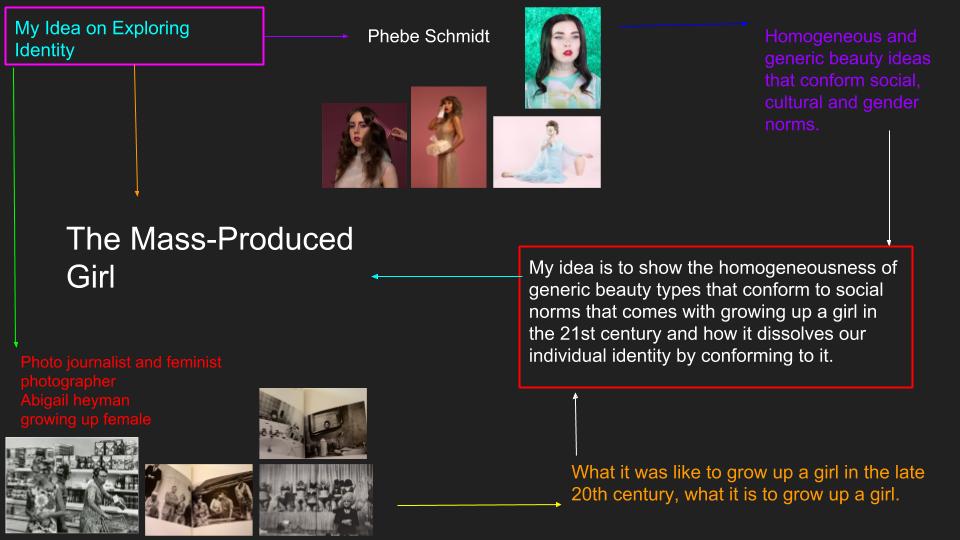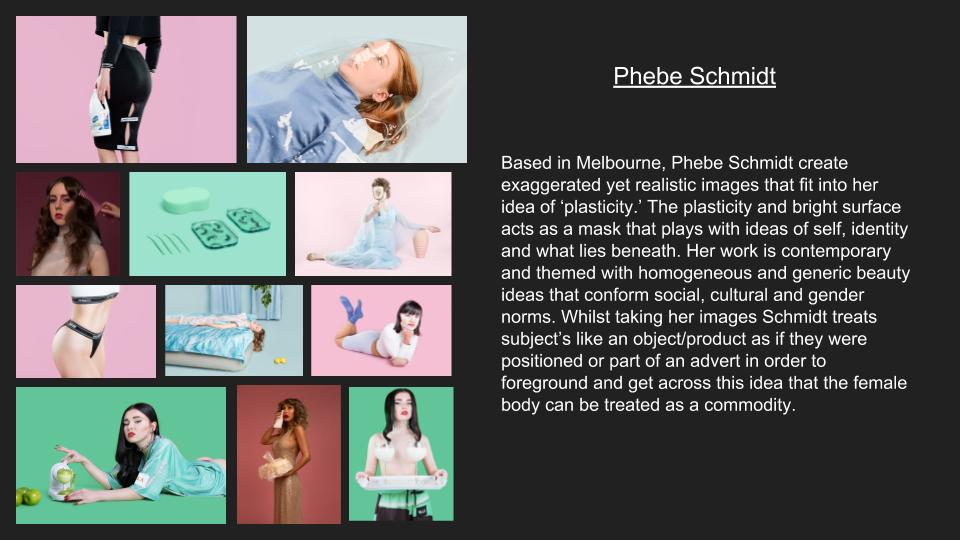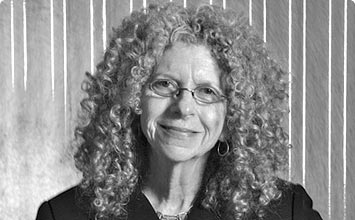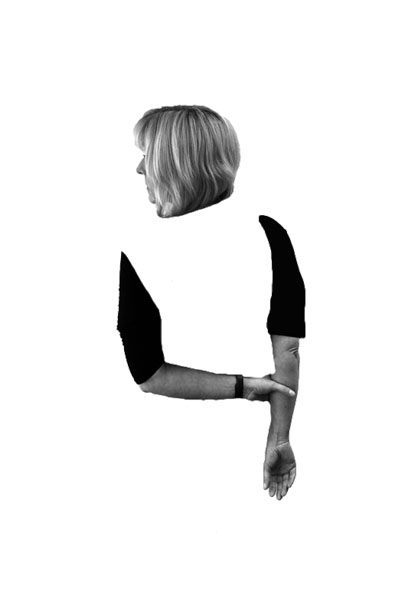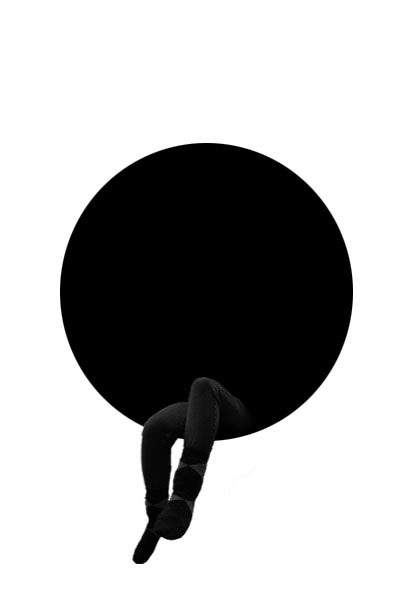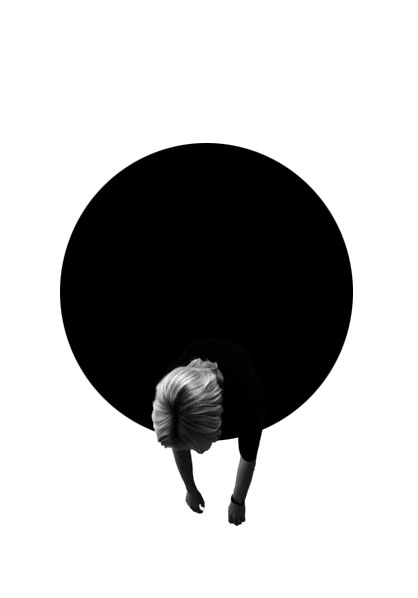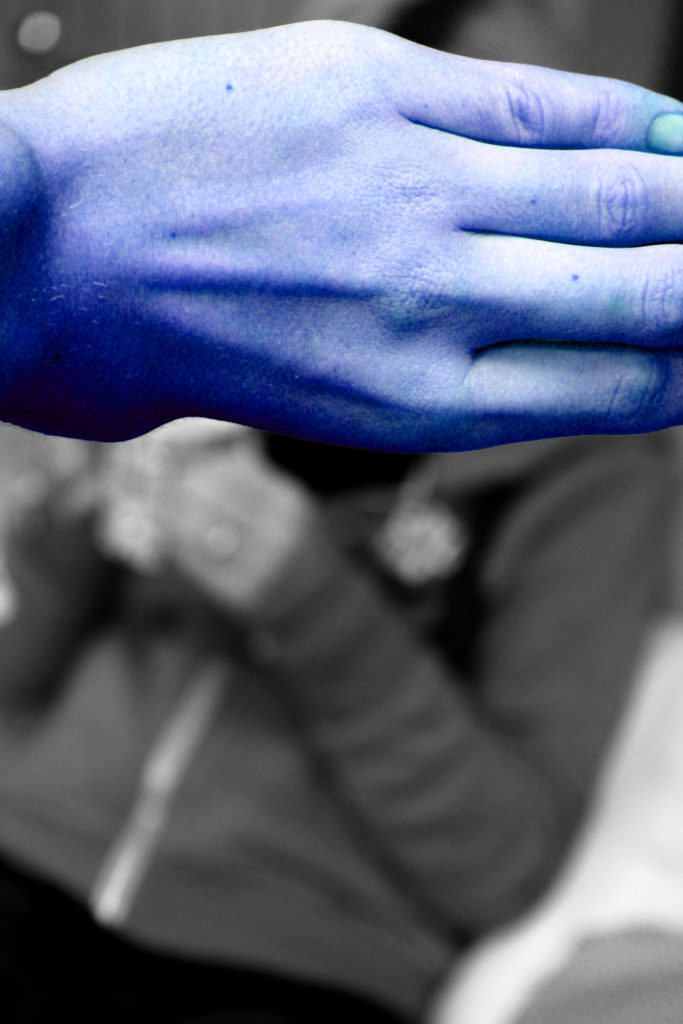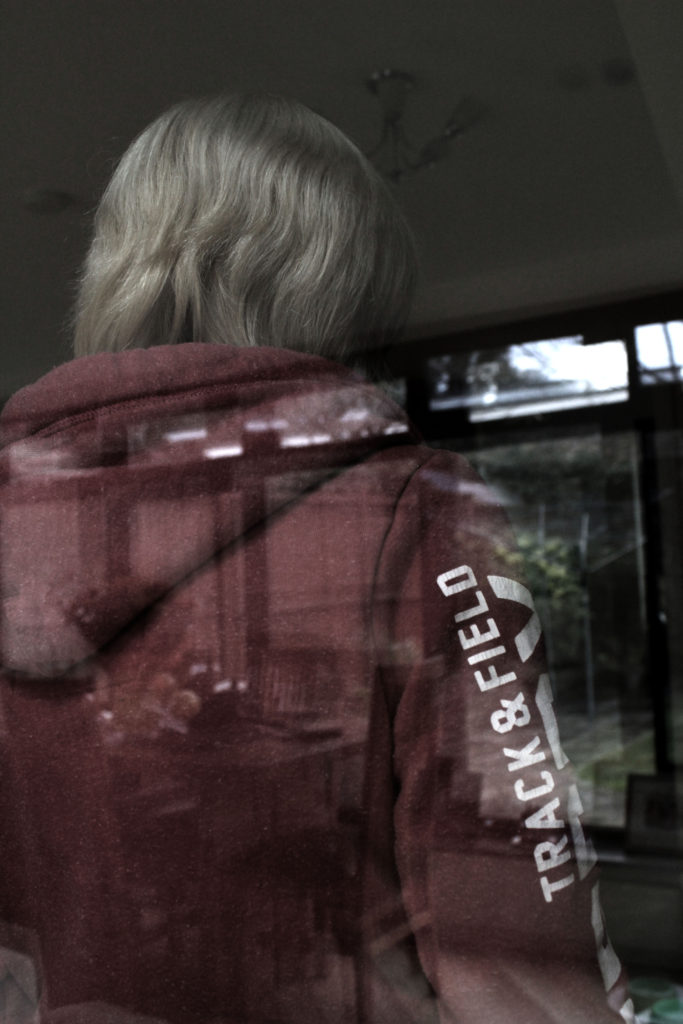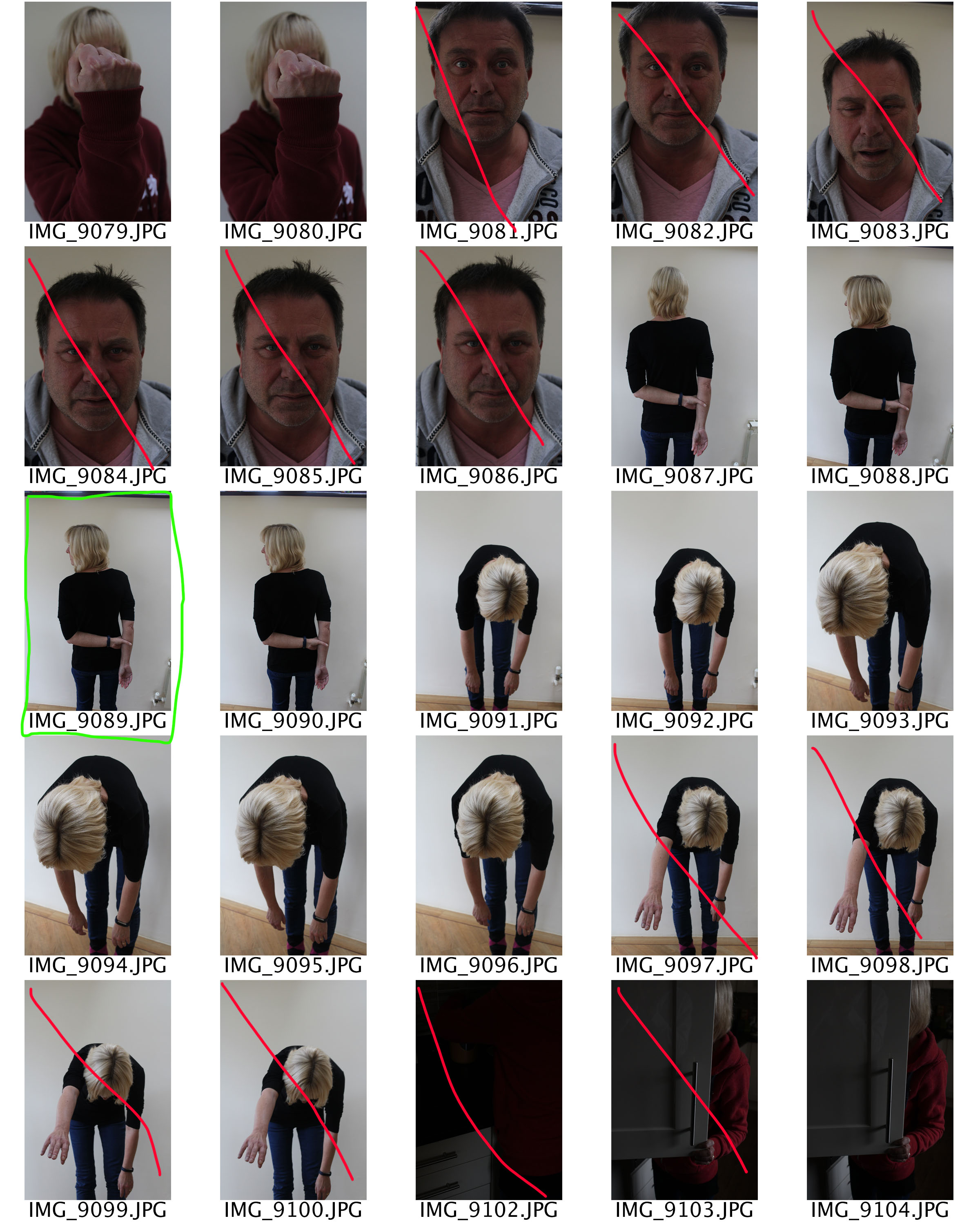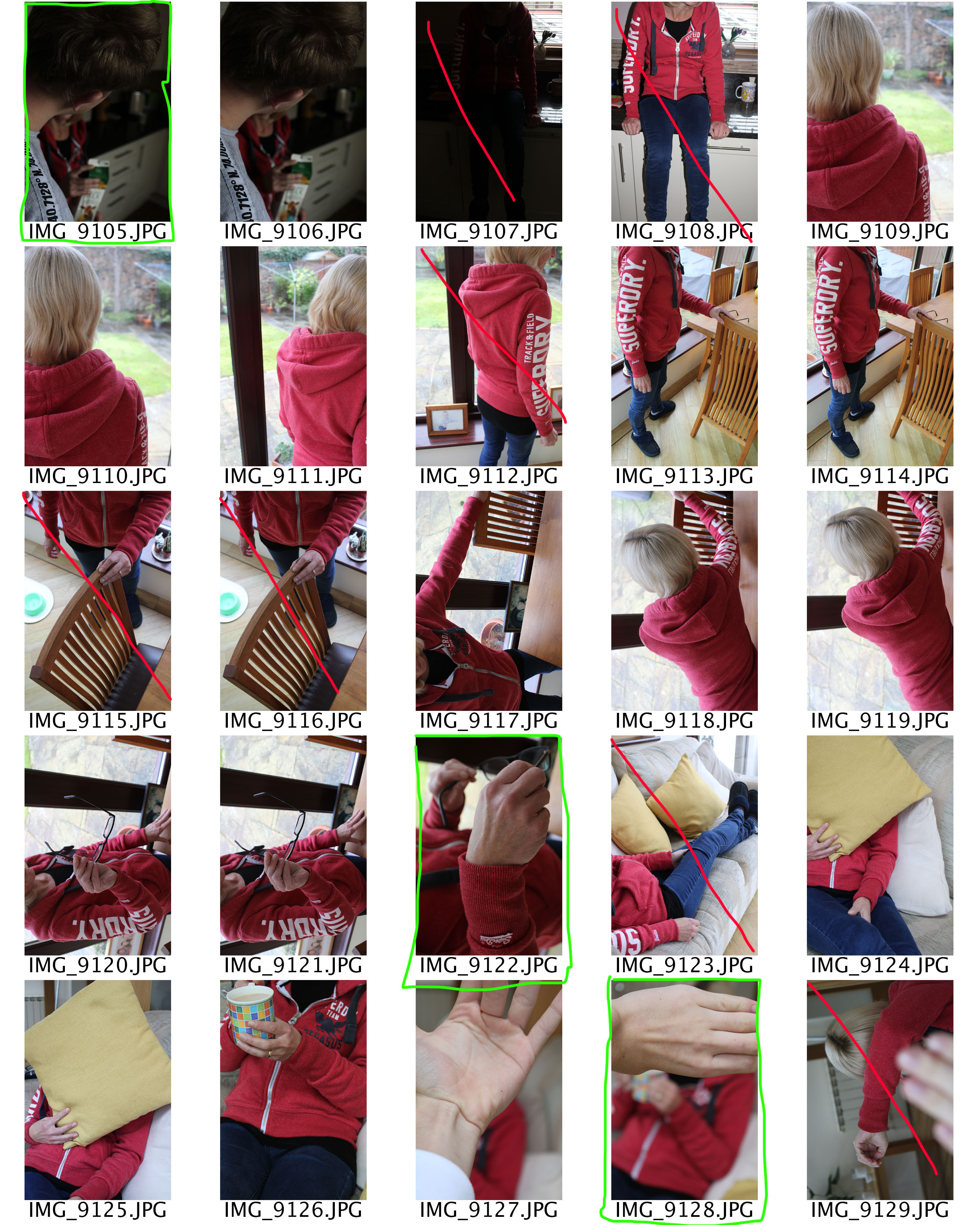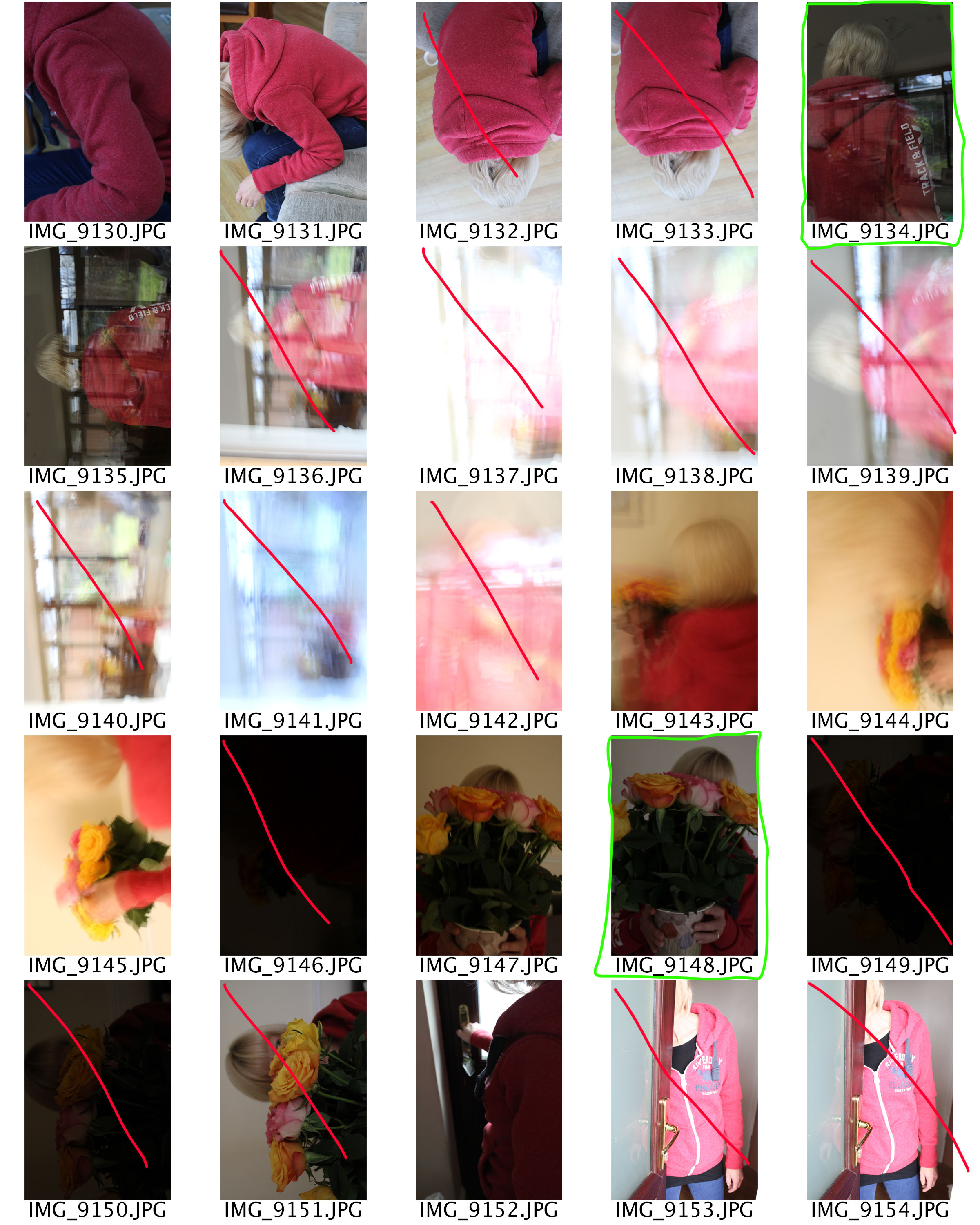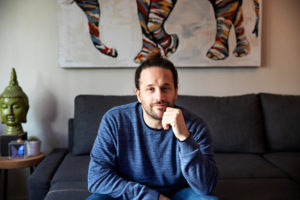Mock January – Identity and Place
Identity –
The fact of being who or what a person or thing is.
Identity can be based on multiple factors. The person someone is today might not be what that person is tomorrow, we adapt and portray ourselves as how we want to be seen and it usually demonstrates aspects of who we are. For examples Identity can reflect on your upbringing, being religious, non religious, being foreign to being born within Europe, culture, family, hobbies, friends and life style choices, even your own appearance can reflect or be used to make you stick out from a crowd weather this being someones features or not its still there. Regarding to the other theme of place. this can be seen as, what makes this place relatable to you as a person. The environment and colors also come into consideration, the questions asked when having a scenario places within the lines of identity means it has to voice what the model cannot speak in a photograph.
The model I have chosen is my brother, it links well with identity as its someone who I am close with and interact with on day to day basis. After having thought of quite a few different places to set my images out on I presumed that doing something related to sports would be quite a good idea. This to me struck like a good idea as part of his identity i.e. personality is the fact he is good at sports so I have based some of my experiments on places where you’d usually find an activity being performed .
Different types of Identity:
- Social identity – The portion of an individual’s self concept derived from perceived membership in a relevant social group.
- Cultural identity- The feeling of belonging to a group, and culture is all the aspects that represents this individual for who they are and their background.
- Geographical Identity – an individual’s sense of attachment to a region/country which they live in that also presents part of their personality and nationality
- lack/Loss Identity- personal psychological conflict that involves confusion about ones role in society or the sense of loss in community.
- Gender Identity- a person’s perception of their own or other people’s roles based on their gender
Mood Board –
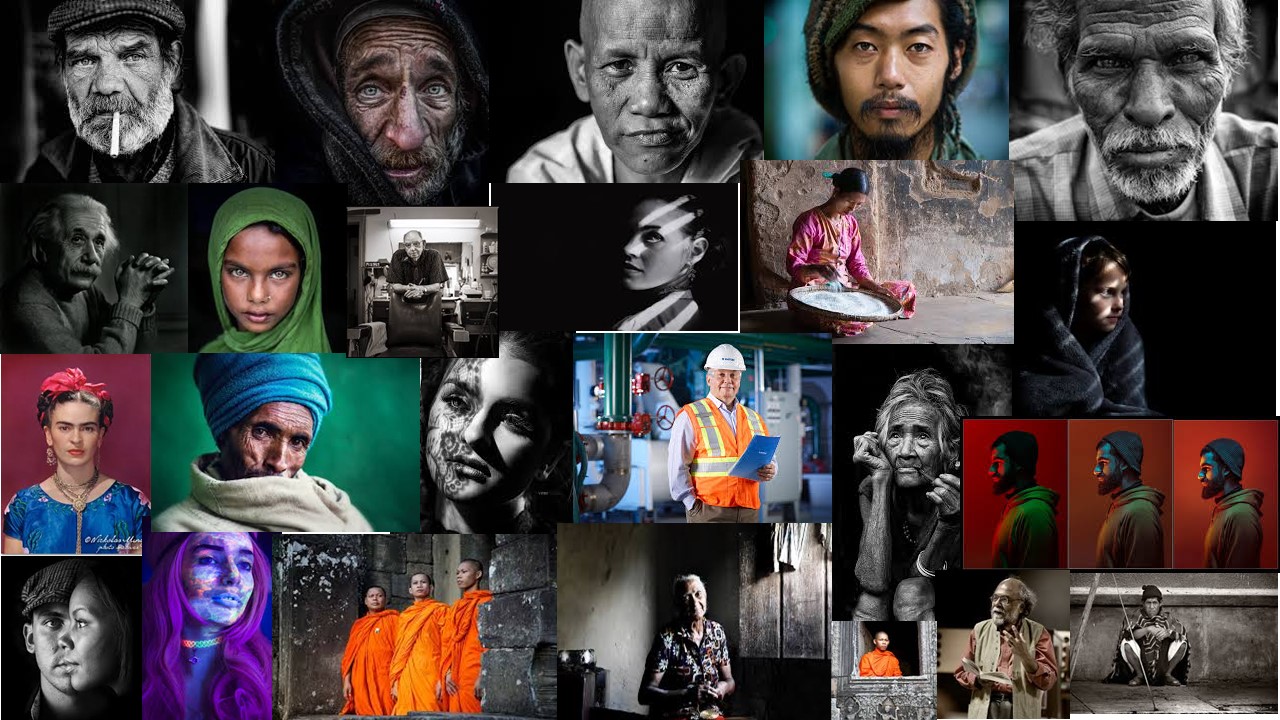
- who? Leandro
- Where? Sports field
- When? During the day- after schools- weekends
- How? Get pictures of my brother whilst he’s a at training or get him to go and kick a ball in a filed and get the images then
My idea is that ill capture my images, before, during and after the game and in general capture home life and how he dreams and thinks about football all the time .This being said i want the images to be presented as a story of the day in the life of someone who plays football. However my images aren’t just going to be portrait based, i will include images like the football, the equipment, water bottle. For this idea i have chosen to look at a sports photography which also links into environmental portraits.







